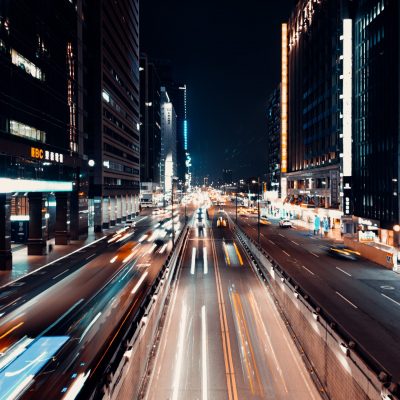The access requirements for environmental zones have been tightened up for years. For the time being, the focus is mainly on the diesel driver (in all variants). This means that when you, as the driver of a (somewhat older) diesel passenger car, you also have to deal with environmental zones, which are only further expanded and tightened.
January 1, 2022
As of 1 January 2022, stricter access requirements will apply to environmental zones compared to last year. This is particularly noticeable for diesel trucks; only emission class 6 (Euro 6/Euro VI) or higher are allowed access to those zones. A lower emission class is no longer welcome in these areas from that moment on. In addition to cities such as Amsterdam, Utrecht, The Hague and Arnhem, the municipality of Haarlem, for example, is also introducing an environmental zone with this requirement.
Passenger cars on diesel
We focus on diesel because petrol cars are not yet part of the so-called ‘harmonisation’ of environmental zones that has been implemented since 2018. This does not mean that the previously initiated trend of car-free (or at least completely emission-free) zones in certain (parts of) inner cities will not spread further.
If you are a diesel driver (passenger or delivery vehicle), you may have to deal with various types of zones. The type of zone determines which emission class is accepted and which is not;
• Yellow zone
This environmental zone is only accessible with emission class 3 or higher. If you are lower, you are not welcome in this area and you will be fined.
• Green zone
You are only welcome in this zone with an emission class 4 or higher. You will come across these zones, for example, in the aforementioned cities, including Amsterdam and The Hague.
Curious in which class you fall? You can easily check your license plate on milieuzones.nl.
The future
As of 1 January 2025, municipalities may and will set even stricter requirements. In addition to the expectation that the required emission classes will be further increased (4 or 5 and higher), municipalities are also allowed to introduce so-called zero emission zones.
As the driver of a truck or delivery van, that literally means zero emissions. either; electric. For inner cities in particular, there is already a strong focus on a growing number of electric trucks for supplies, for example, and with the zero emission zones established later, this will increase even further.
Environmental zones in Europe
In this blog we will not go too far into the many different environmental zones in Europe and their guidelines. But they are there. This does not only mean that there are specific points for attention for freight traffic; even as a private traveler (holiday!) there are zones where your car must meet certain conditions. In some cases, this also means that you may need an environmental sticker (Germany) or vignette (Austria, Switzerland).
Although in many cases this mainly concerns freight traffic, it often happens that cities set up an environmental zone due to temporary serious air pollution.
At Ecotap we ‘breathe’ electrically. This also means that, for both business and private users, public locations or business locations, we like to think along about the charging solution that suits best.

